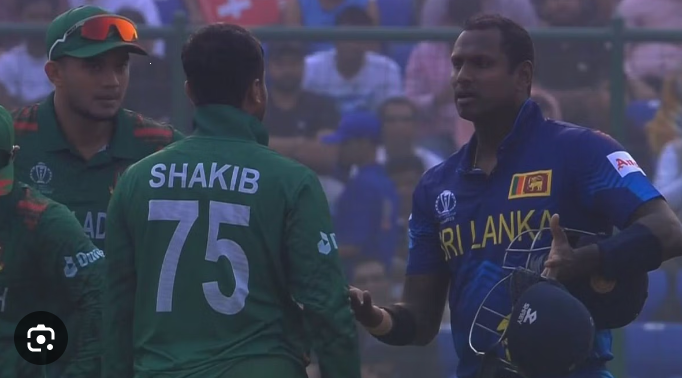Caught Out in Cricket
When a fielder catches the ball directly after the batsman hits it with his bat, the batsman is considered out. However, if the fielder catches the ball, but during or immediately after catching, touches or crosses the boundary line, the batsman scores six runs and remains not out.
Bold Out in Cricket
If the batsman misses the ball and the bowler’s ball hits the wicket directly and breaks, he is declared out. This rule applies regardless of whether the batsman is behind the popping crease or not. The batsman is also out if the ball deflects from his bat or body and breaks the wicket. If the wicket is not broken then the batsman is not out.
Leg Before Wicket (LBW)
If the batsman misses the ball with his bat, but catches it with a part of his body, thereby preventing it from hitting the wicket, and certain conditions are met, the umpire may declare LBW. For a batsman to be declared LBW, the ball must bounce outside an imaginary line drawn down the pitch from the outside edge of the leg stump. If the batsman attempts a shot and misses, they can only be given out LBW if the ball hits between the outside edges of their foot and the imaginary lines drawn down the pitch from the off stump. If the ball pitch outside leg stump then it can’t be considered as LBW.
Stumped/Stumping
If the batsman misses the ball and goes out of his crease in an attempt to play it, he is stumped out. Before the batsman can ground any part of his body or bat behind the crease, the wicketkeeper must collect the ball and break the wicket.
Run Out in Cricket
If a batsman attempts to score a run or returns to his crease after the run has been stopped, he is considered “run out”, and a fielder breaks the batsman’s wicket with the ball when the batsman is out of the crease. Is. In specific circumstances the non-striker can also be run out.
Hit Wicket:
If, in attempting to hit the ball or take off for the first run, the batsman touches or breaks the wicket with the bat or the equipment is dislocated, he is declared out.
Handle the Ball
Yes, this is another way of getting out in cricket, If a batsman, without the permission of the fielding side, touches the ball with the hand that is not holding the bat, he is out.
Obstructing the Fielder
A batsman is out if he deliberately interferes with the fielders trying to collect the ball or is run out. Running between the fielder and the wicket is legal, but any deliberate attempt to throw the ball away is not legal.
Hit the Ball Twice
If a batsman hits a ball with his bat and then deliberately hits the ball again for any reason other than defending his wicket, he is declared out. The batsman has the right to hit the ball to avoid being bowled, but not to score runs.
Timed Out
The time out rule comes under Law 35 of the Laws of Cricket, which governs the conduct of the game. According to this rule, if a batsman fails to reach the crease within three minutes of the previous batsman being out then he is considered time out. The timing starts from the moment the previous batsman is declared out, and the incoming batsman must be ready to face the next delivery within the stipulated three minutes. For more information about Timed out in Cricket, click the link.

In an unprecedented turn of events at the World Cup, Sri Lankan batsman Angelo Mathews found himself creating an unwanted record as he became the first player in the 146-year history of international cricket to be dismissed due to a “timed out”. Angelo Mathews’ Unprecedented Timed Out Dismissal Sparks Controversy at World Cup 2023. Read the full news article here.
These methods of dismissal are listed in approximate order of occurrence, with the first five being quite common and the last five out in Cricket being quite rare.









